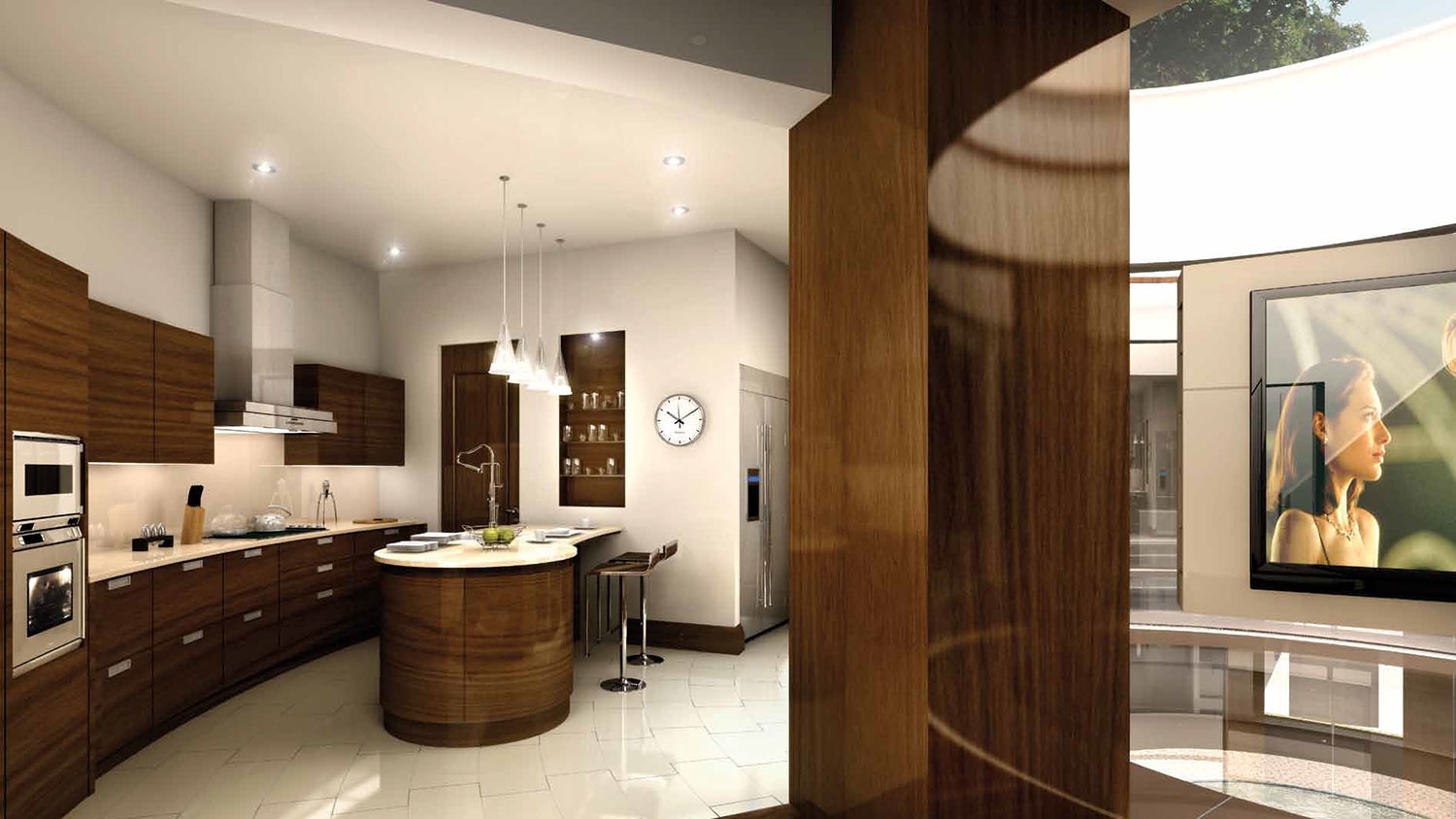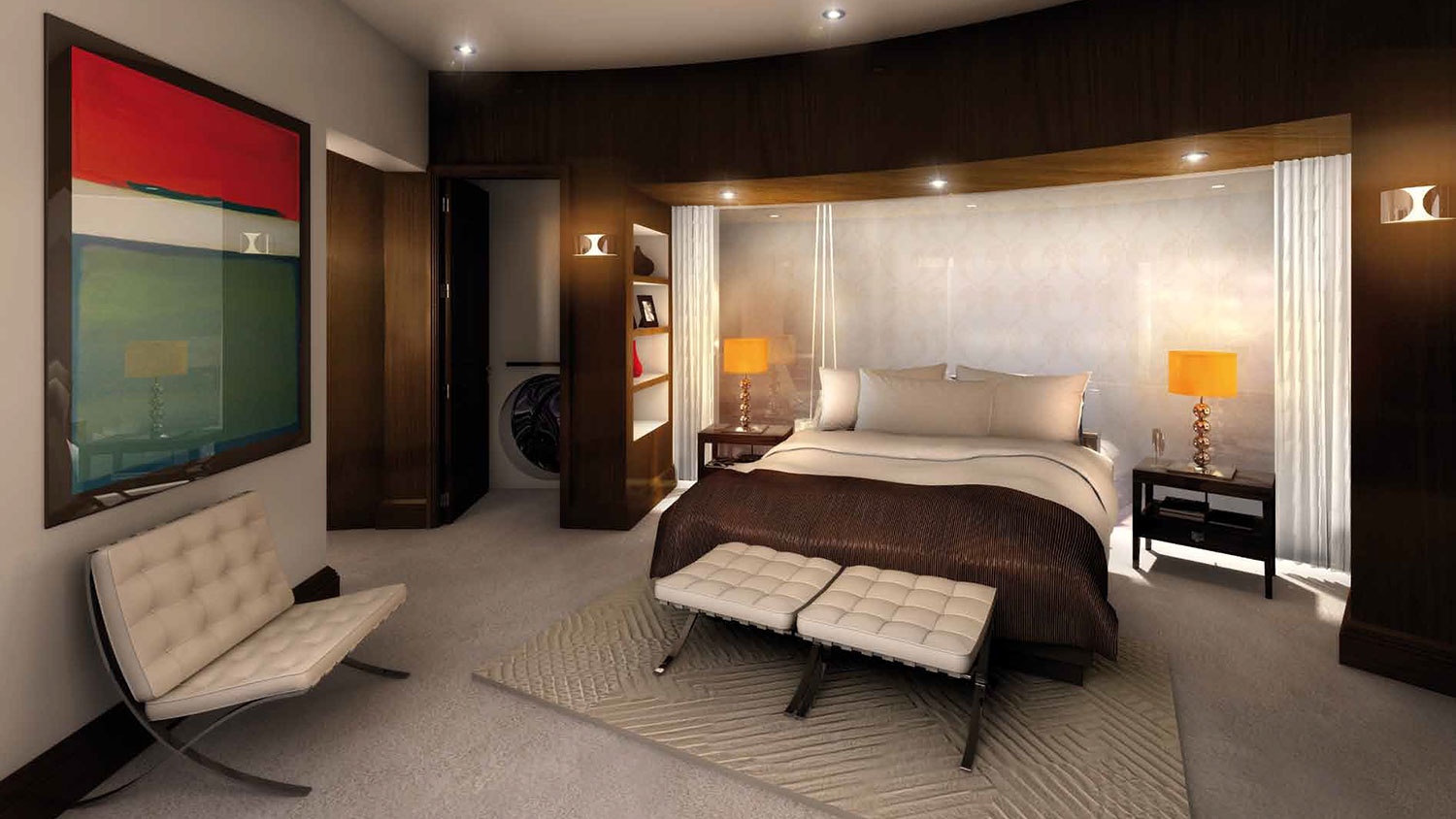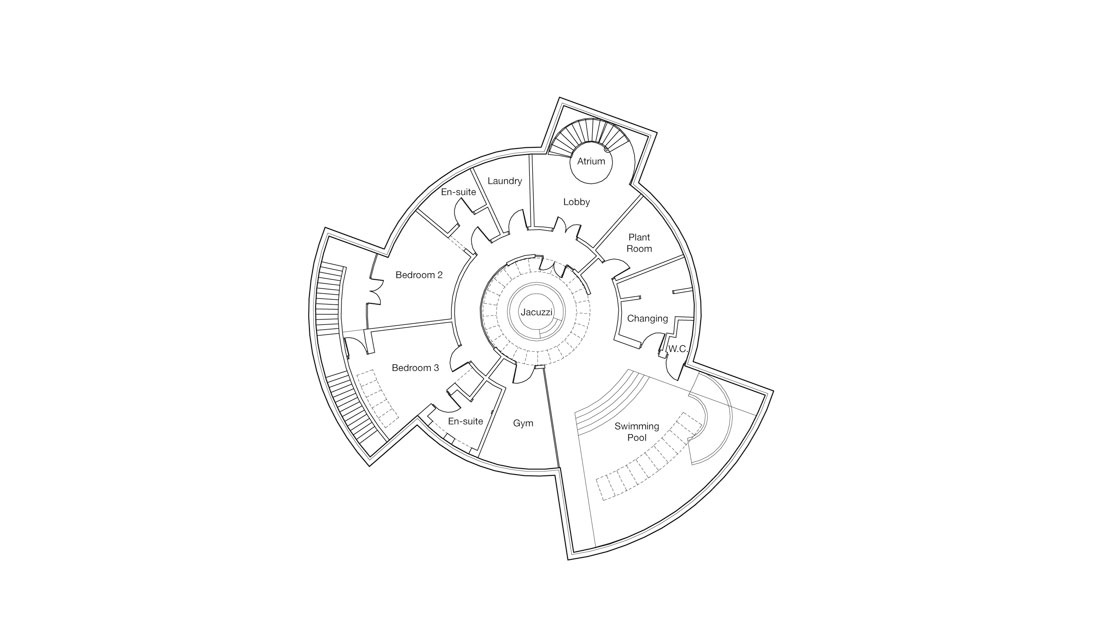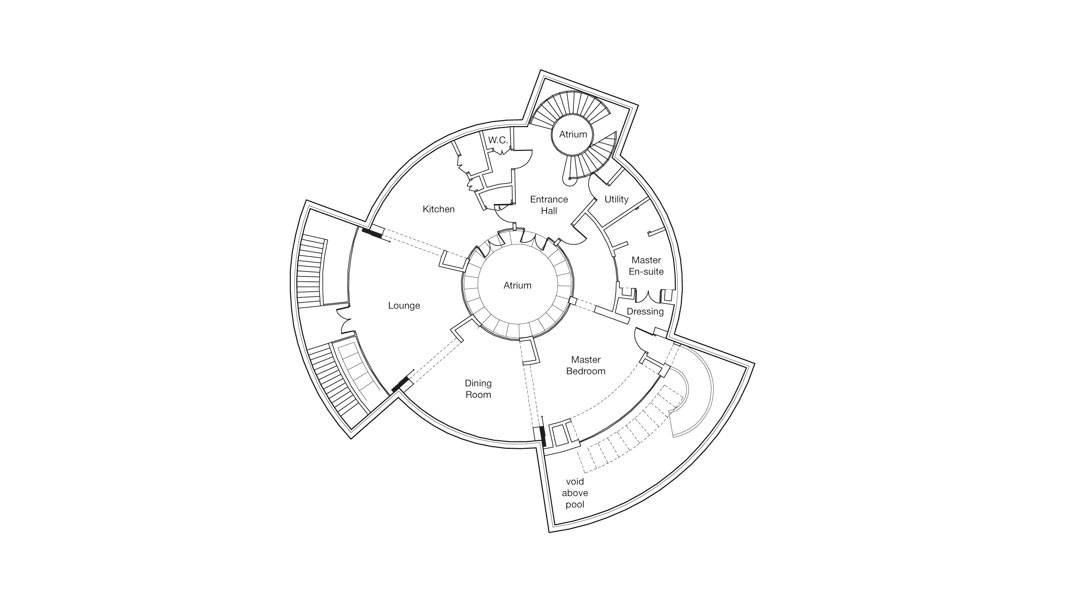- 1. House Perdu
- 2. House Perdu
- 3. House Perdu
- 4. House Perdu
- 5. House Perdu
- 6. House Perdu
- 7. House Perdu
- 8. House Perdu
- 9. House Perdu
- 10. House Perdu
- 11. House Perdu
The Morlocks in H.G. Wells’ The Time Machine did not make living underground seem fun. For one thing, their skin was sort of grey from lack of sunlight. But there are a lot of benefits to underground homes. Building houses underground lets residents of Coober Pedy, Australia live comfortably when the Fahrenheit temperatures up above reach into the 100s. Underground homes hold up equally well in snowy climes, and fans of Laura Ingalls Wilder will remember her dugout house on the banks of Plum Creek in Minnesota. The earth helps insulate the house and protect it from wind.
That eco-friendliness is just one reason someone might consider building an abode underground. If the house is in an area with lots of wildlife, digging in could help keep more of the landscape intact. Also, cities such as Singapore — where there are lots of people and little room — are looking into ways to increase capacity by building below the surface.
If we’ve sold you on the benefits of living underground, may we also suggest you take inspiration for your home from Huntsmere and NC Homes? Together, the two firms designed a proposed underground house that has the best of both the above- and underworld. The potential site would be on the grounds of a 19th Century house in England, below a landscaped garden. With three bedrooms and a circular shape, everything centers around a dome that lets in natural light. A garden “folly” (a building typically constructed for no aesthetics instead of function) would hide the stairs down to the house. The best part, though, is the slide to the subterranean swimming pool.
Though the area’s council approved the plan in 2009, it’s not clear whether construction has begun. However, NC Homes has been commissioned for another underground house near Shrewsbury, where you “would stand absolutely no chance of getting planning permission for a traditional, above-ground home,” according to David Giles, who’s handling the sale.













